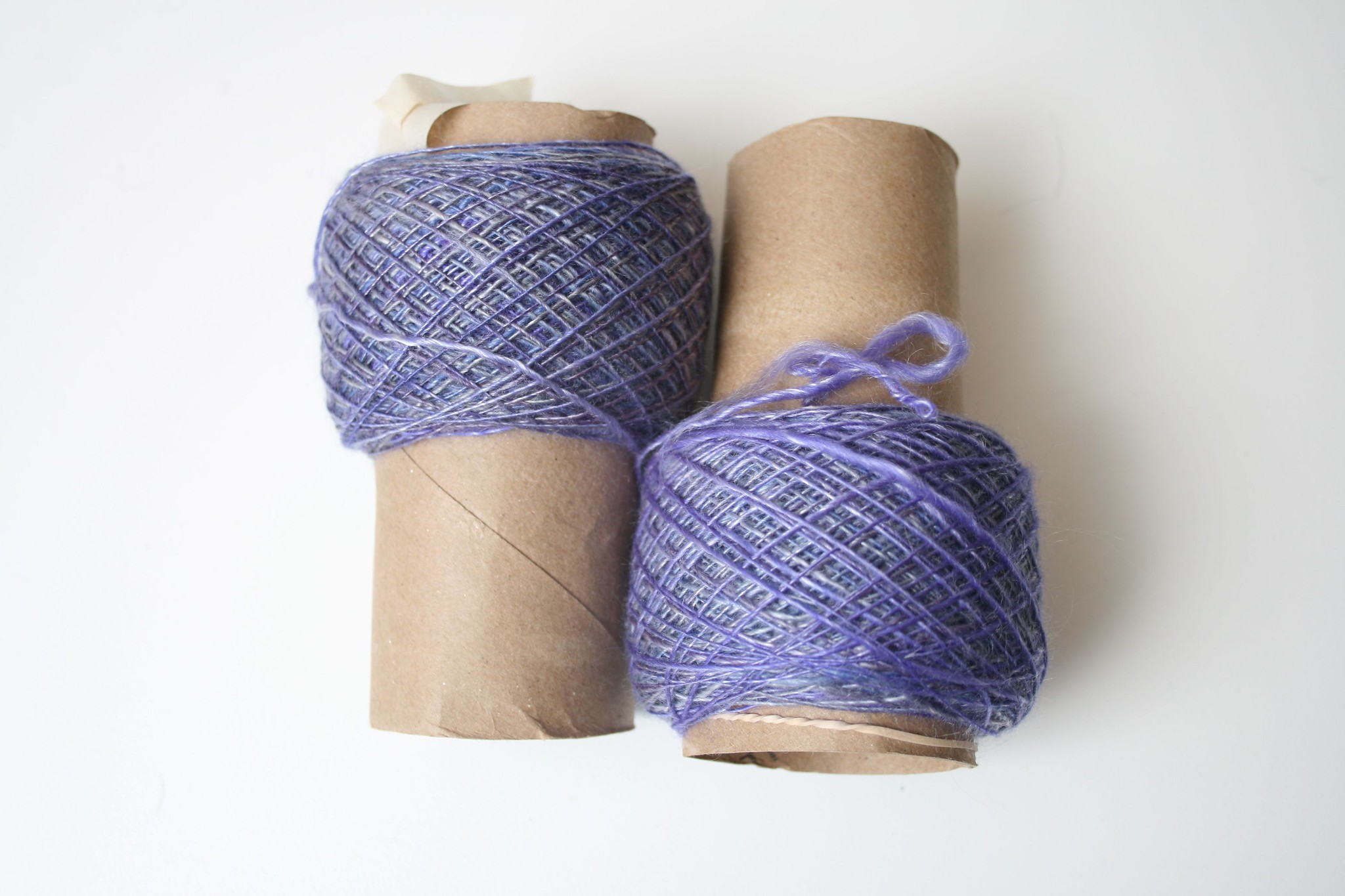Singles

singles describes the first structure that emerges after roving or top are given spin. Most yarns are often made from several strands of singles.
Singles are produced when roving or top are twisted in the process of spinning, turning into a longer yarn-like structure. Most yarns are created through one or more singles joined together, in a process called plying which adds additional structure and texture to yarn. singles are always unbalanced, as they consist only of fibers with one direction of spin (called Z or S twist). The amount of twist within singles is said to imbue it with a certain amount of "energy". This energy can be harnessed in knitting and weaving to create different elastic or dimensional shapes and structures, or to create a form of weaving known as "collapse weaving".
Primary Measurements
- twists per inch: the amount of twist applied to create the singles (can also be expressed as a twist angle).
- wraps per inch: a measure of the width of the single calculated by winding around a one inch length at a neutral tension.
- denier: describes the mass of a singles for a given length. Specifically, the number of grams per 9000 meters. a single strand of silk has a denier of 1, meaning that higher deniers carry more mass than silk and lower deniers are finer than silk. Anything with a denier less than than one is typically referred to as being made of "microfiber"